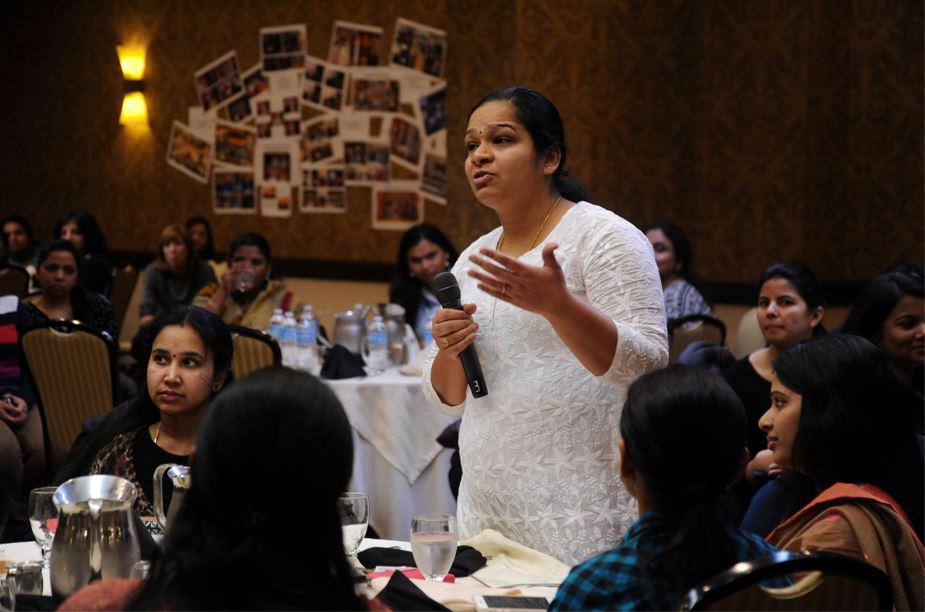Assertive Communication: A Lesson in Valuing the Self
Engaging in assertive communication can help us inject a sense of strength into our relationships.

Photo: Headway
Feb. 7, 2022
In our everyday lives, we are often part of situations where we receive verbal input that is either unclear, incoherent, or simply disturbing. Of course, just as often, whether intentionally or unintentionally, we are also the disseminators of such communication.
Interactions like these can cause confusion, disappointment, frustration, hurt, and much more, leaving us to choose behaviours such as ‘the silent treatment’ or even aggression.
The conversation on the importance of communication has been around for decades now. Through abundant research on human behaviour, it’s been established that it’s one of the key elements of any successful relationship, whether personal or professional.

Photo: Wonderlane
Yet, how many of us can truly claim to be good communicators?
How is it that while we and the person before us speak the same language, yet there is always room for misunderstanding?
Furthermore, is communicating our needs something we’re still afraid of?
As a society, for far too long we’ve harboured our misconception of coming across as ‘demanding’ or ‘selfish’ if we express our needs in any given scenario. The truth is quite the contrary. Asserting ourselves or engaging in assertive communication can help us inject a sense of strength into our relationships.
Not only does it help us draw necessary boundaries by saying ‘no’ to what feels like an excess burden but, it also allows us to take responsibility for our wants and needs.
To understand how we can master assertive communication, it is imperative that we grasp it on a conceptual level. According to Pipas and Jaradat:
“Assertive communication is the ability to speak and interact in a manner that considers and respects the rights and opinions of others while also standing up for your own rights, needs and personal boundaries.”
So assertive communication is nothing but a skill that can be learnt.
Without further ado, let’s dive into some tools!
Own Your Feelings
Since this is a skill you’re building, it should be you who gets the credit for mastering it, right? Assertive communication is a practice in precisely that: taking ownership and responsibility for yourself. When elaborating on a concern with a loved one or a colleague, supplement your phrases with what ‘they’ do, with how it makes ‘you’ feel. It starts with something as simple as using two-factor statements, such as “When you demean my work in front of the team, I feel embarrassed.” Further, follow it up with what you want in clear terms, such as, “I would prefer if you gave me constructive feedback over my work in a one-on-one interaction.”
Don’t Beat Around the Bush
When asked to do something that demands more effort than you can make, either at the workplace or in a personal relationship, don’t be ambiguous about your discomfort.
For instance, if someone asks you for a favour when you’re swamped with work; to begin with, ensure your context gets across.
Replace your “maybe,” “might,” “can try,” “not sure if” statements with “I won’t be able to because…”
Be Objective and Gentle
When communicating your feelings, ensure that your words are free of judgement and labelling. Those two are quick to turn into harsh remarks that are unnecessary and can take the focus away from the actual goal of the conversation.
Describe what upsets you, state facts, and most importantly, expect resistance.
Assertive communication isn’t just novel for you, but can also be a lot to take in for the person at its receiving end as well. Be open to negotiation, and a healthy exchange of thoughts. Let yourself be the listener too.
Setting a realistic expectation for the conversation’s outcome can give you the confidence to achieve it!
Reward the Receiver
The sure shot way to ensure that assertive communication becomes a regular practice in your relationship is to reinforce the listener. Hearing them out with patience, giving them your complete attention when they too express themselves, and thanking them when they hear you, or agree to something you ask of them, are some of the essential methods you could incorporate.
Since assertive communication relies so heavily on a healthy exchange, rather than a mere one-way interaction, it opens the door for a win-win situation for both parties.
The essence of course is to identify your own needs first, only then would you be able to accommodate those of others. Remember, you can’t pour from an empty cup!
Author: Samreen Chhabra works as a Senior Research Fellow at Jindal Institute of Behavioural Sciences
